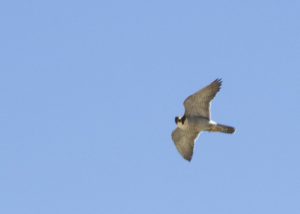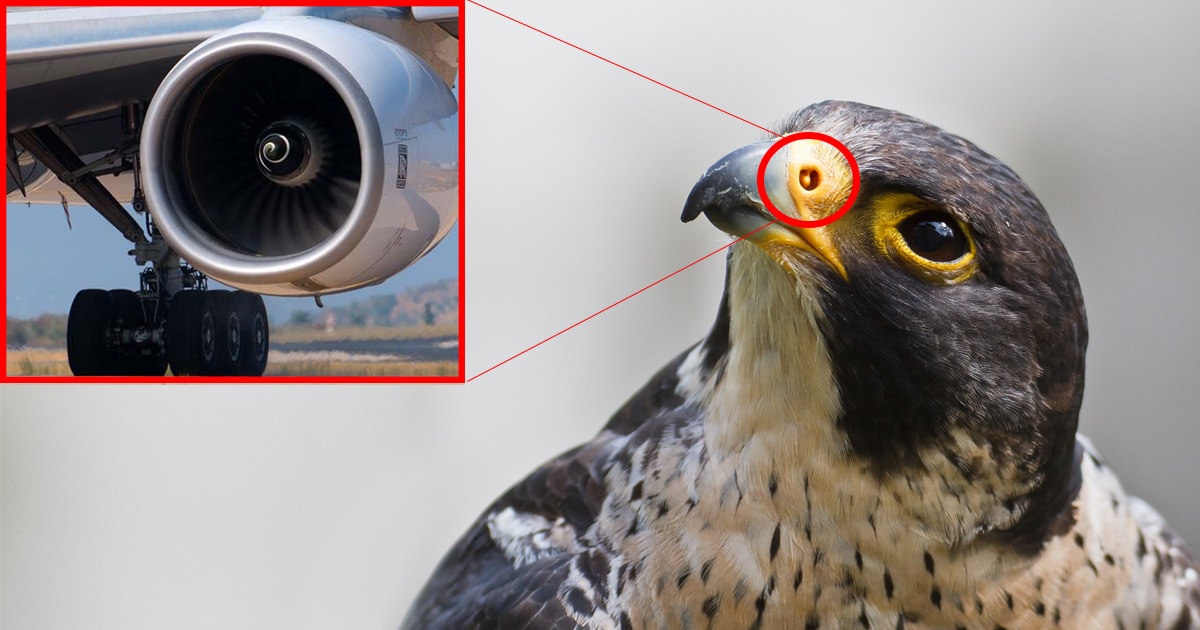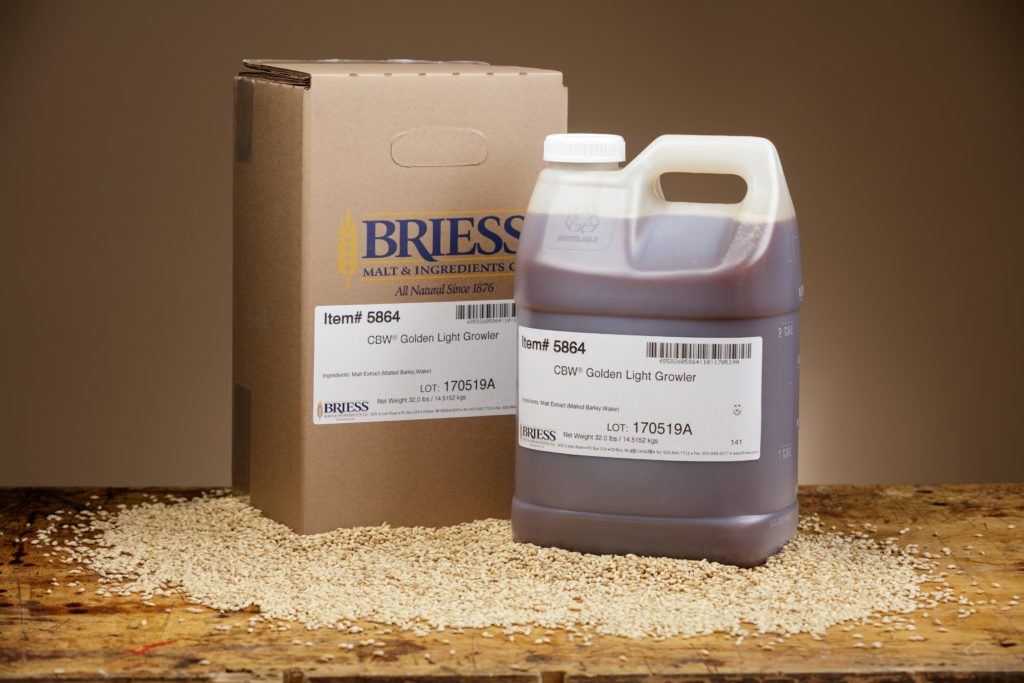
If you take a peek at the Briess Manitowoc Falcon Webcam, you will likely find one of two sights: an empty perch overlooking Lake Michigan or mom (“Valcor” (b/g) N/22) or dad (“Bartell” (b/blu) 41/A) taking a break after a long 3-months of nurturing their young eyasses. At this point, the four youngsters have fully fledged and flown the coop (well, nest box) and are now exploring the world and all its wonders. Over the next month, they may periodically revisit their nest site, but as they build confidence and courage they will expand their boundaries and travel to new territories. They are also learning to hunt on their own, teaching themselves to maneuver through the sky.

Did you know?
Peregrine Falcons are known as the world’s fastest animal, able to perform aerial dives that exceed 200 miles per hour. Their bodies are uniquely equipped for these high speeds. Unlike other birds, the Peregrine’s nostrils have a special, aerodynamic bone shape, similar to that of a jet engine, that breaks the air from rushing into their small bodies. If they did not have this adaptation, the force of air at 200+ mph would burst their lungs.
They also have a thicker than usual “keel”, or breastbone, making them very durable at high speeds and able to take on a great impact when charging pray. Furthermore, these unique falcons have a third eyelid, allowing them to keep their eyes on the prey at top speeds – they can even see prey from a kilometer away!


